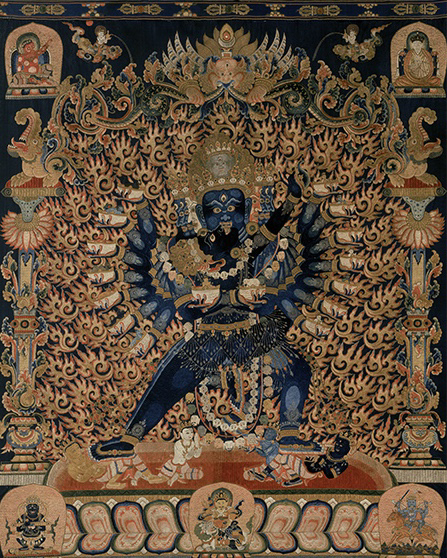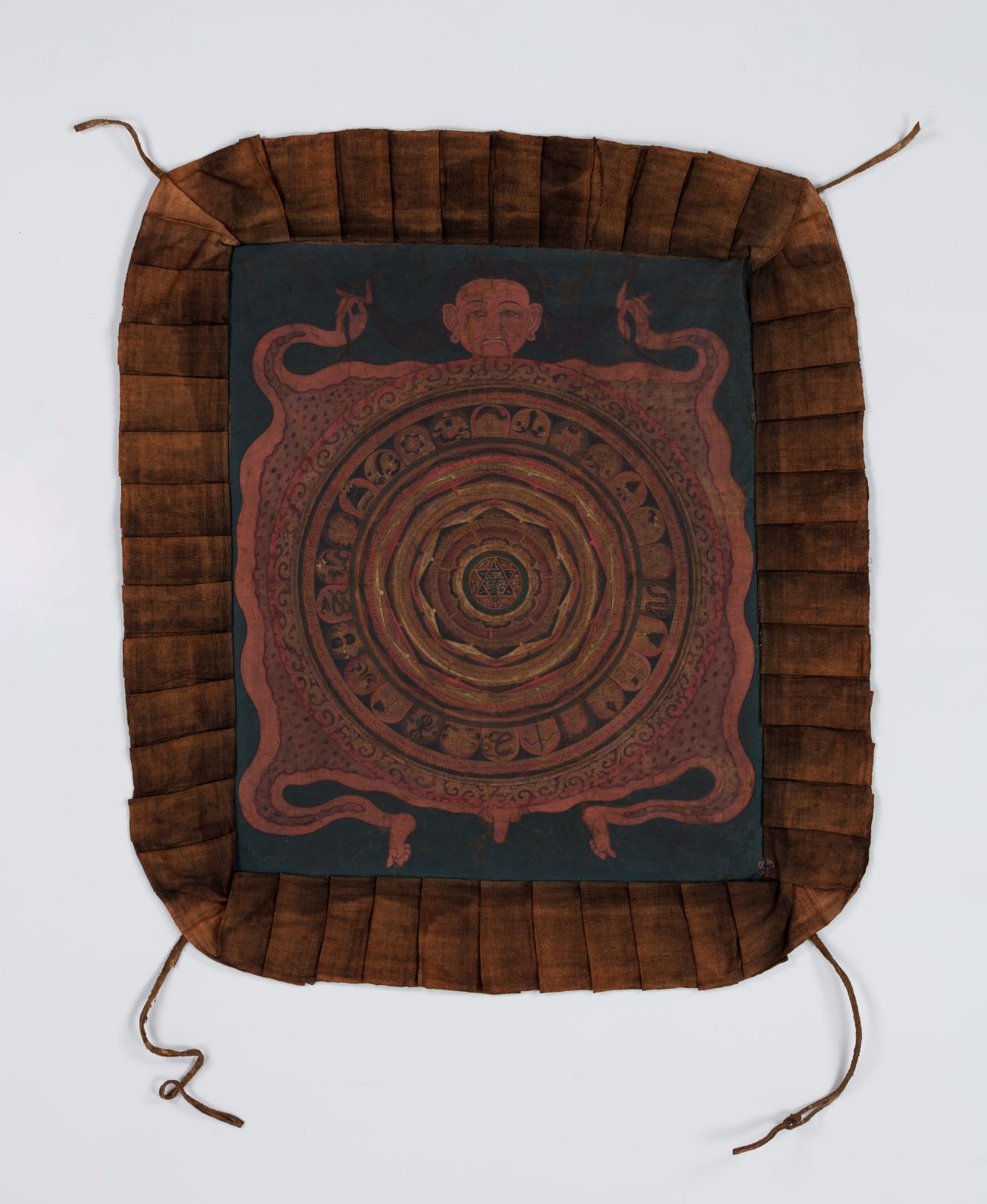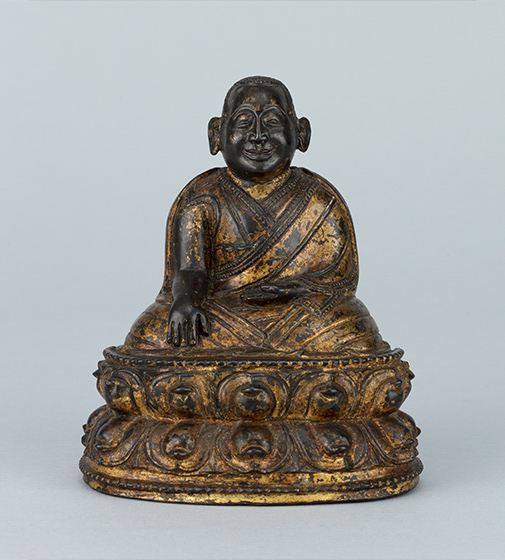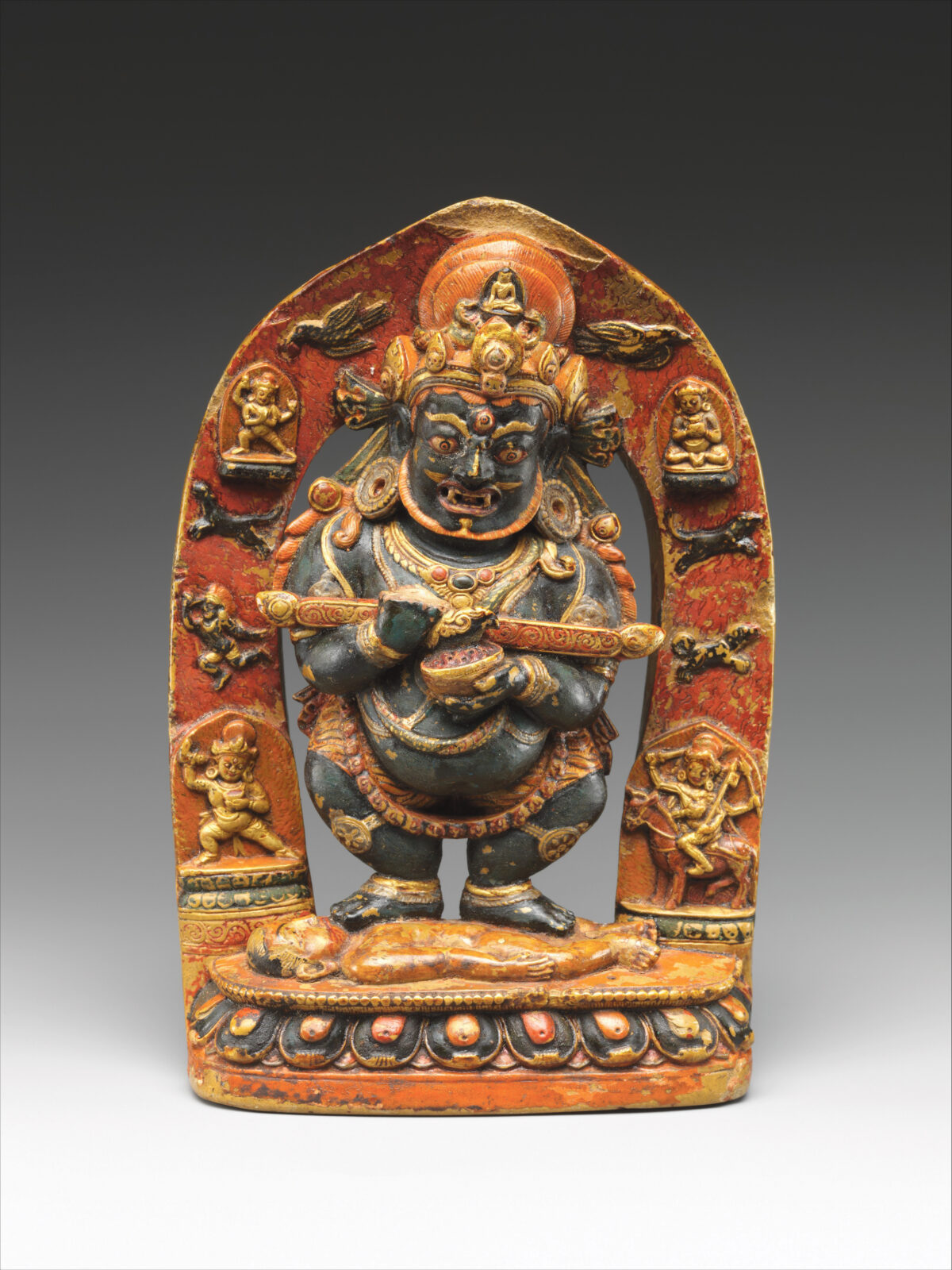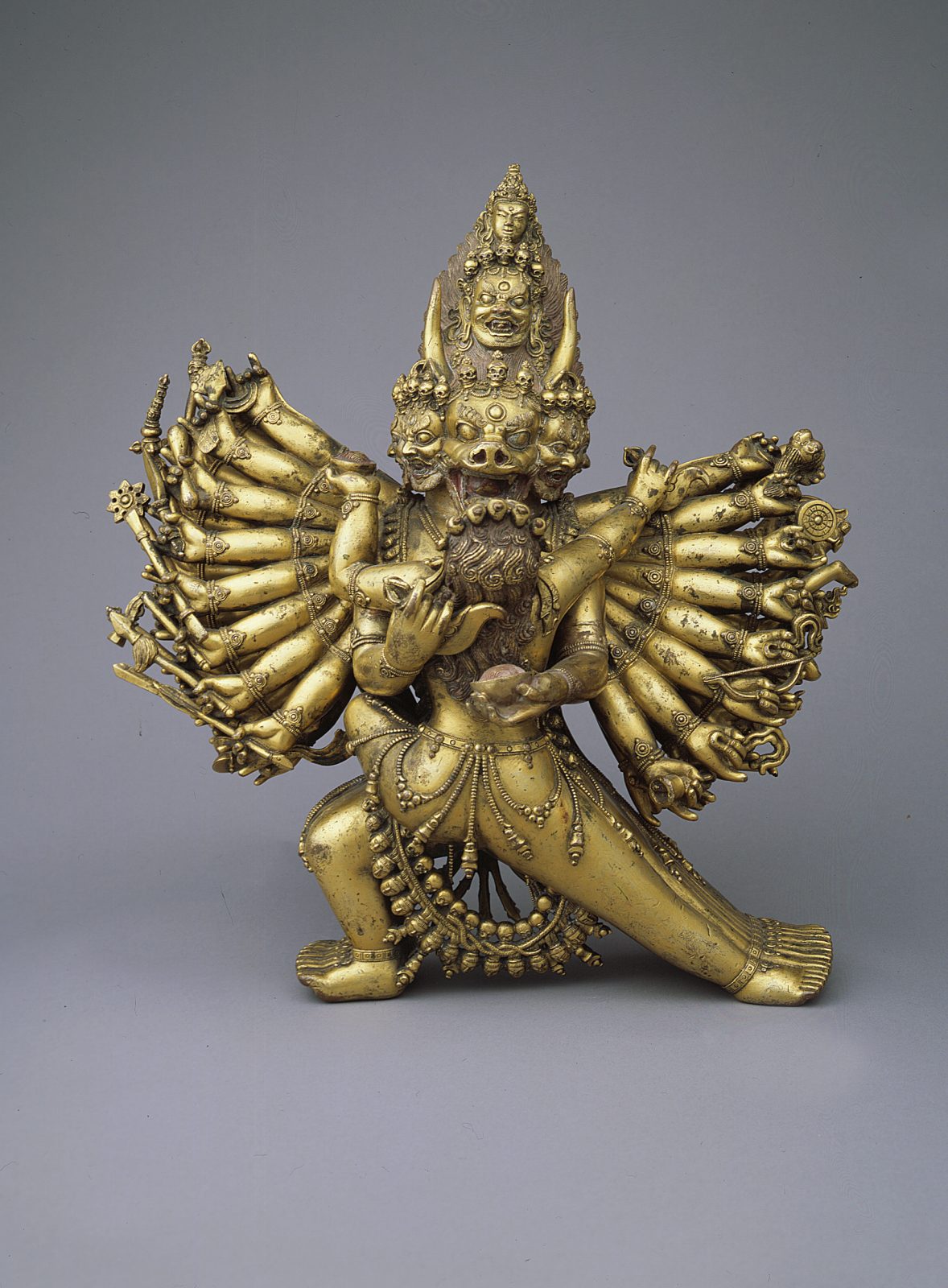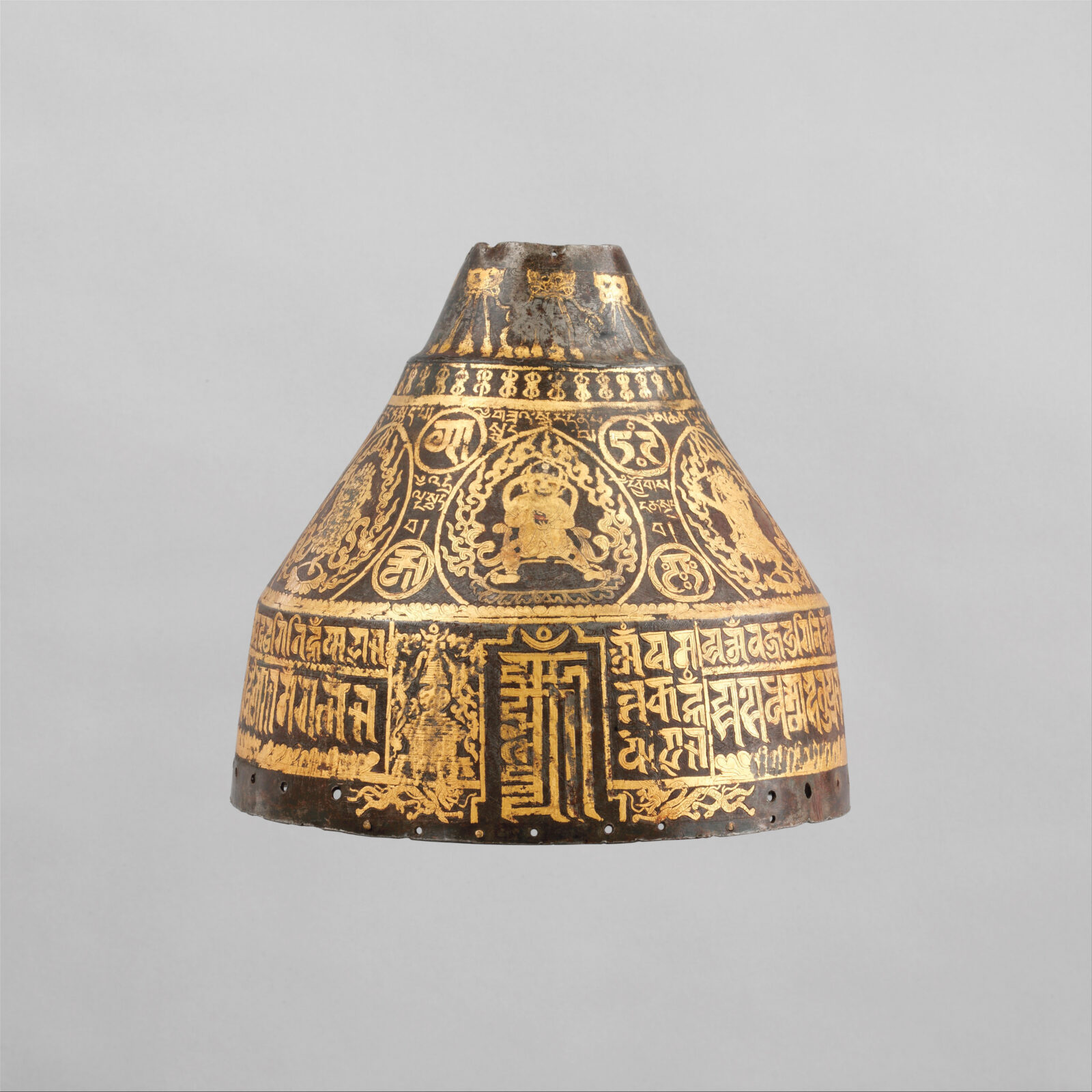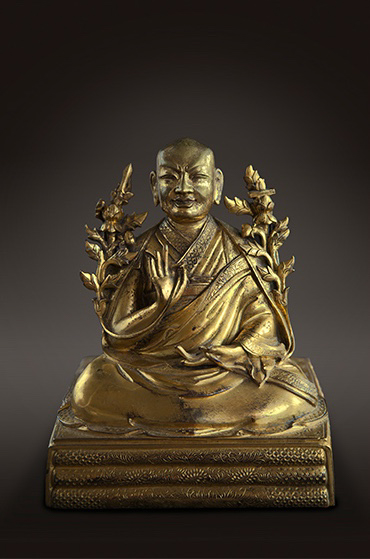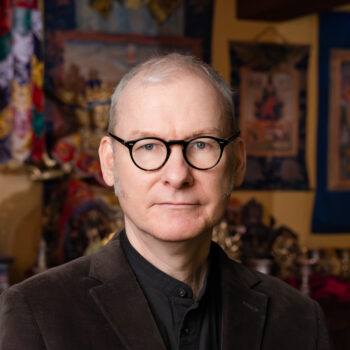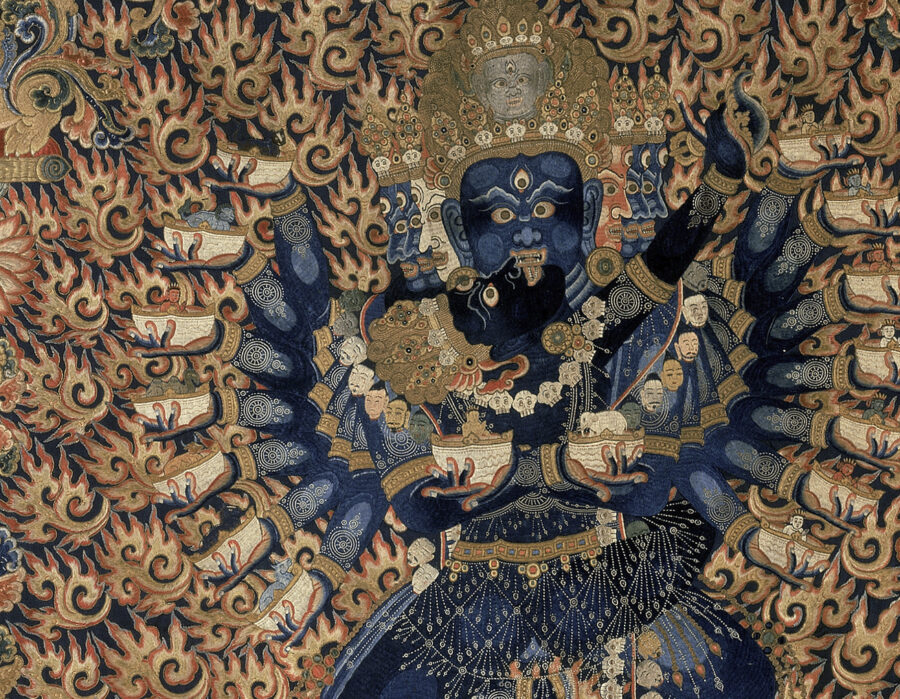“Non-humans who conceal [themselves] by magical emanation, of such high and low [places] as Jang (Lijiang) of the [Mongol] empire which comprises everything under the listen [to my command]!
It is absolutely forbidden to harm those who hold my [decree] by such means as the harmful eight classes of gods and demons, curses, invocation rituals to destroy enemies, malevolent spirits, poltergeists, and oath-breakers. [All] must heed this decree by Ga Anyen Dampa!
However, if there are those who disobey, [I vow by] the Three Jewels that, having unleashed the fierce punishment of the Dharma Protectors, their heads will split into one hundred pieces!”
So reads a decree by Dampa, a thirteenth-century ritual specialist of the wrathful deity Mahakala at Qubilai Khan’s court. The decree, which doubles as a protective charm for those who carry it, demonstrates Dampa’s willingness to mix political authority with tantric power, the human realm with the spirit world.
The force of religion to claim political power is the focus of the exhibition and publication Faith and Empire: Art and Politics in Tibetan Buddhism. Tibetan Buddhism offered Inner Asian empires a symbolic path to legitimation as well as a literal means to achieving physical power: a ritual technology that we would characterize today as magic.
The image of a monk meditating in a remote cave is a Western romantic stereotype that limits our understanding of the wide range of Tibetan religious activity. In reality, many religious figures have played much more active, engaged roles in history, acting as court chaplains who served their ruler-patron’s needs. Monk-rulers also rose to power, conflating the interests of religion and the state. For the imperial courts of Asia, one of the great appeals of Esoteric Buddhism was its claim of efficacy in dealing with worldly goals and the military application of its rituals that reflected a zeitgeist of subjugation, coercion, and control—in a word, power. Rulers and imperial courts were less interested in meditation or enlightenment and more concerned with what religion could do for the state: protecting the nation; extending the life, wealth, and power of its rulers; curing epidemics; controlling the weather; and pacifying or killing its enemies
Tibetans embraced the tantric developments of Buddhism in India, such as the recasting of the Buddha as a nexus of spiritual and political authority, which eroded the distinction between secular and sacred power. With this merging of sacred and worldly imagery came the elevation of wrathful deities to the status of buddhas. These deities and their practices were not just useful in terms of overcoming obstacles to liberation but also in accomplishing more mundane worldly ends. The second chapter of the Hevajra Tantra, for instance, includes detailed descriptions of rituals to destroy an enemy army and even their gods.
